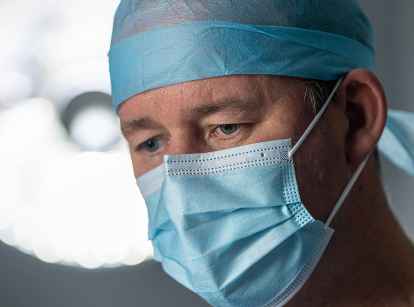Introduction
Hysteroscopy involves gently inserting a small camera through the cervix into the cavity of the uterus to examine it for any abnormalities. This operation is performed as a short day procedure under a light general anaesthetic.
A curette – sometimes referred to as “D and C”, or “D+C” will also usually be performed after a hysteroscopy, to take a sample of the lining of the endometrium to send to pathology to check for any abnormal cells. Any polyps or other growths seen in the uterus will also be removed and sent for pathology also.
Indications
Reasons for hysteroscopy and D+C include:
- Abnormal bleeding from the uterus (heavy or prolonged periods or irregular periods with bleeding between the periods).
- Uterine bleeding after the menopause.
- Pelvic pain and painful periods.
- Infertility.
- Recurrent miscarriages.
- Suspicion of adhesions in the uterus.
Procedure
Using the hysteroscope, certain operations can also be performed within the cavity of the uterus to treat certain uterine problems, including:
- Removal of fibroids (non-cancerous growths of the muscle wall of the uterus) which are within the cavity of the uterus.
- Removal of polyps (usually non-cancerous growths of the lining of the uterus).
- Remove adhesions in the uterus.
- Correct any defects in the cavity of the uterus like a uterine septum.
- Removal of a retained Mirena or other IUD.
- A common procedure performed in conjunction with a hysteroscopy and D+C is an Endometrial ablation.
